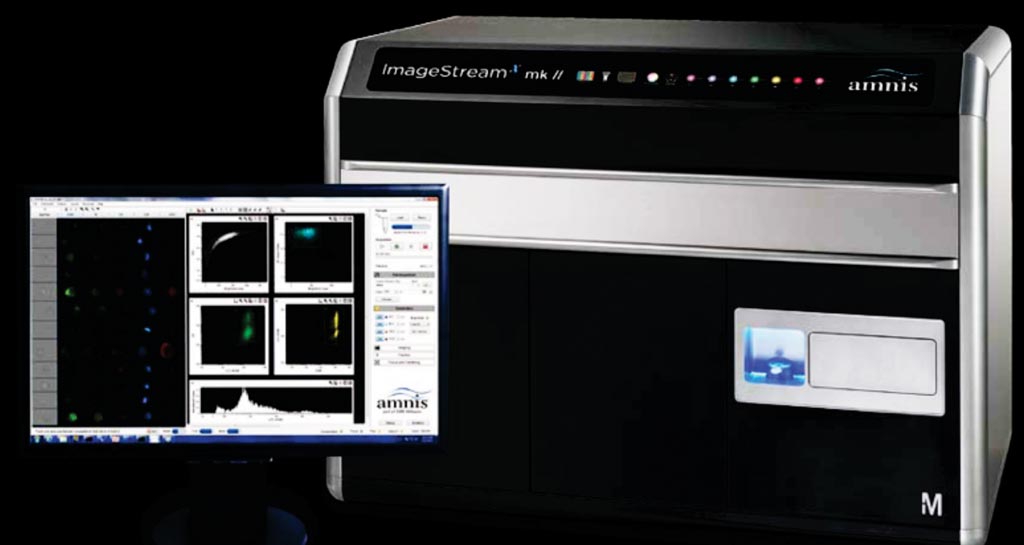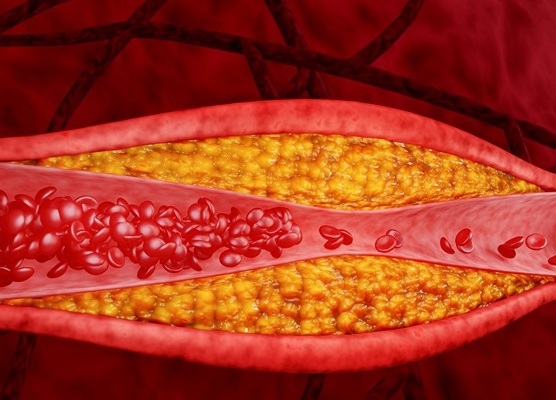Improved Blood Stabilization Used for CTC Profiling
By LabMedica International staff writers
Posted on 24 Jan 2018
A new blood stabilization method significantly prolongs the lifespan of blood samples for microfluidic sorting and transcriptome profiling of rare circulating tumor cells, living cancer cells carried in the bloodstream.Posted on 24 Jan 2018
Recent innovations in rare-cell and molecular technologies are rapidly advancing our ability to isolate and characterize circulating tumor cells (CTCs) for the noninvasive detection and monitoring of cancer. CTC-based liquid biopsy technologies have now expanded into a wide spectrum of applications in precision oncology, including predictive biomarker discovery, understanding mechanisms of drug resistance and metastasis, and personalized testing of drug efficacy.

Image: The Amnis ImageStreamX Mark II imaging flow cytometer (Photo courtesy of the University of Alabama at Birmingham).
A large team of physicians and scientists at Massachusetts General Hospital (MGH, Boston, MA, USA) and their colleagues took a comprehensive approach that aims to preserve blood in its native state with minimal alterations. To achieve these goals, the team first systematically analyzed the storage conditions that optimally preserve the viability of the diverse cell types in whole blood. The biggest challenge, it turned out, was platelet activation. The team then analyzed a variety of antiplatelet agents and found that glycoprotein IIb/IIIa inhibitors, which are frequently used in cardiovascular medicine, were extremely effective in countering cooling-induced platelet aggregation.
The team used blood specimens from a group of 10 patients with metastatic prostate cancer, and they compared the use of preserved blood against paired fresh samples from the same patients for CTC analysis. Cell viability, leukocyte activation, and platelet–leukocyte adhesion were studied using the ImageStreamX Mark II imaging flow cytometer. Overall, there was 92% agreement in the detection of 12 cancer-specific gene transcripts between the fresh and the preserved samples, and there was 100% agreement in the detection of a transcript called androgen-receptor splice variant 7 (AR-V7). The team highlighted the universal nature of this stabilization approach by pointing to its compatibility with the highly demanding microfluidic CTC-iChip device, which isolates tumor cells by rapid removal of blood cells, implying the potential impact of this work extends beyond cancer detection.
David Miyamoto, MD, PhD, of the MGH Cancer Center and a co-author of the study, said, “The ability to preserve the blood for several days and still be able to pick up this clinically relevant biomarker is remarkable. This is very exciting for clinicians, because AR-V7 mRNA can only be detected using CTCs and not with circulating tumor DNA or other cell-free assays.” The study was originally published online on November 23, 2017, in the journal Nature Communications.
Related Links:
Massachusetts General Hospital















